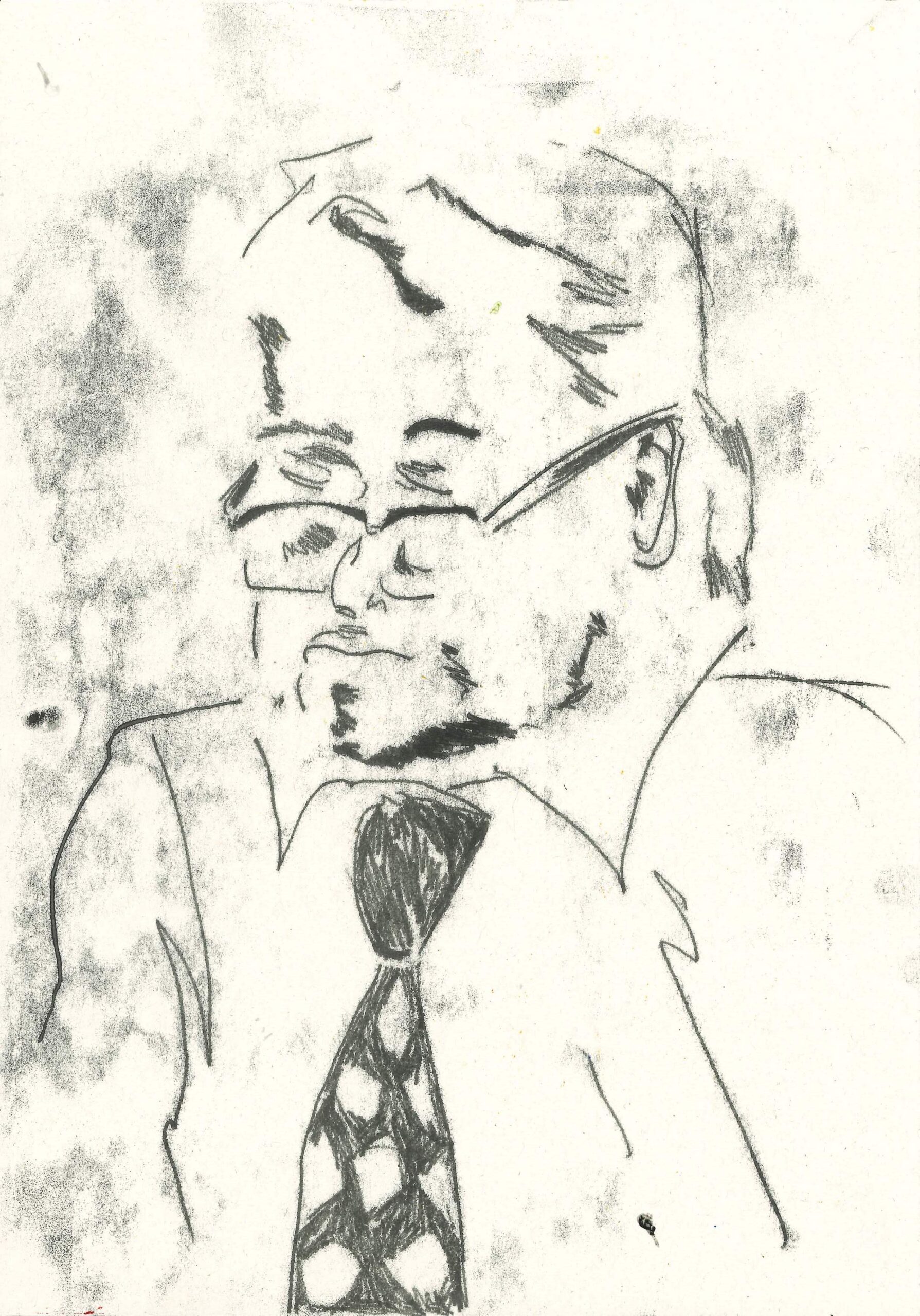Olivia Juett (she/her)

I am a multidisciplinary illustrator and maker working primarily with analogue processes. Much of my work draws attention to fleeting atmospheres; driven by observation, I explore how unexpected events are experienced, understood and remembered. Colour, texture and materiality form the basis of my practice as I work across 2- and 3- dimensions to create immersive narrative experiences. I am interested in exploring how the tactility of print can be combined with other sensory stimuli and conduct my research through seeing and making; gathering and combining.
Projects
Collaborative Works

Certain Fragments
In 2003, the Antwerp Diamond Centre was robbed of $100million of diamonds; to this day there is no definitive account of what happened. The heist and (still unrecovered) loot exist in limbo, kept alive by continually reworking the tale.
Considered alongside one such retelling from the ‘Heist’ podcast, this work forms a visual accompaniment to the oral account. A hybrid of words, images and exclamations, the illustrations explore how stories relate to the audience, and what makes us trust. I have been working between charcoal and screenprinting, exploring how the two media can interact. This is a tangible spoken word, an experience in time – time stamps replace page numbers, connecting the book to the podcast.
Printmaking processes allow for easy reproduction and dissemination of one thing. While this repetition shares much with the development of trust habits, it misses some of the vitality of oral storytelling and the margin for difference that is inherent in this narrative sharing. This project is an exploration of how screenprinting can open itself up to alterations between each print. From person to person, the book will change. Pearlescent ink looks different at various angles and in different settings. Using charcoal as an alternative to traditional printing ink allows the images to differ as the powder settles in different ways through the screenprint screen. This is a book; this is a podcast; this is marker of what happened, and what probably didn’t happen.
Podcast – Heist Podcast: Episode 6 Remastered, ‘Never Trust a Guy Named Speedy’
Celestial Bodies
This project centres on cyclical movement through time as I explored Halley’s comet. Returning to our skies every 75-76 years, this celestial object has provoked fear and fascination in humans for hundreds of years. I was interested in exploring how different generations have captured the comet’s passing and related to its presence in art and science, in line with technological developments of the time. The power and mystery of Halley’s comet (as well as all celestial objects) continues to intrigue us, and we mark its flight in visual, verbal and physical memorabilia. This art-historical and astronomical research was interwoven with reading about contemporary dance to mark parallels between how bodies can move through spaces and through time. Halley’s comet is not due to return until 2061, so I wanted to question what it might be doing now, while invisible in our skies.
Roy Andersson Film Poster
For the film poster brief, I was given a collection of Roy Andersson Commercials in Swedish and English. He is known for long, static shots and combining the absurd with the mundane in seemingly standard domestic settings. These locations intrigued me, and my visual experiments centred around the kitchen; the checkered floor, the specific appliances found in 1970s homes, and detritus from the unexpected twists portrayeds in the commercials. I wanted to capture a sense of the ‘in-between’, either in the aftermath of these actions or building up to the unforeseen circumstances. Inspired by the Danish painter Vilhelm Hammershøi, my composition works as a snapshot. Nothing is shown in its entirety. The viewer is on the threshold of the unknown in Hammershøi’s work, which maintains an air of quiet mystery as you catch sight of subjects and furniture through the open doors or windows that lead the eye deep into the canvas. I worked to maintain this sense of depth in my poster, constructing a 2-dimensional rendition of a multi-roomed home.
How We Got To Where We Are Now
After asking the three questions (Where are we going? How are we getting there? What are we leaving behind?) I asked some people to draw How We Got To Where We Are Now on a ripped piece of packaging, of which we tend to discard without much thought. This open-ended question provoked some interesting responses, with some people illustrating how humankind got to the present moment beginning with the Big Bang, and others simply drew the route we took up the stairs and through the corridor to the room where I asked them the questions. Each and every response is a representation of how others view the world, and the diversity of our thoughts.































